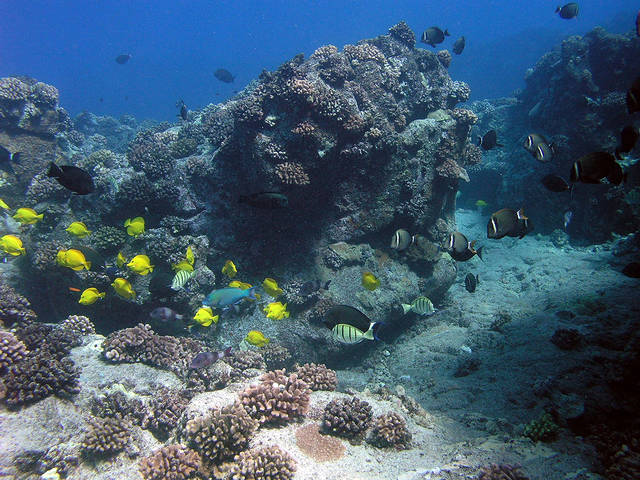LIHUE — Hawaii has committed to boosting coastal fisheries, and a new study identifies east Kauai as one of the highest-potential fisheries for population recovery.
The area was identified by researchers at the University of Hawaii at Manoa who developed regional computer-based “seascape models” that integrate fishing patterns and reef fish survey data.
That data produces maps of key habitats that support abundant coastal fishery stocks and shows where management and conservation efforts would be most impactful.
“The results provide hope in terms of the scale of potential recovery in the areas we identified,” said Kostanitos Stamoulis, one of the lead authors of the study.
While full recovery could take decades, researchers say protecting areas with the highest recovery potential would allow them to serve as sources of larvae and adults to replenish overfished areas.
“This new study will help us identify those areas with the greatest potential for increasing reef fish populations on all islands,” said Bruce Anderson, administrator for the Department of Land and Natural Resources Division of Aquatic Resources.
The Marine 30X30 Initiative is Hawaii’s commitment to effectively manage 30 percent of Hawaii’s near-shore waters by 2030.
“Ultimately our intention is to combine this information with local knowledge and collaboratively identify what to do in management focus areas,” Anderson said.
The study was conducted by the University of Hawaii, the National Oceanic and Atmospheric Administration, National Geographic and Stanford’s Center for Ocean Solutions.
“To ensure food security and overall ecosystem sustainability into the future, we must significantly increase the amount of area protected from overfishing and other human impacts,” said Alan Friedlander, chief scientist for National Geographic’s Pristine Seas program and co-author of the paper.
He continued: “Our study provides an ecosystem-based approach that helps to identify areas that will benefit the most from increased management in Hawaii and elsewhere.”
•••
Jessica Else, environmental reporter, can be reached at 245-0452 or jelse@thegardenisland.com.






